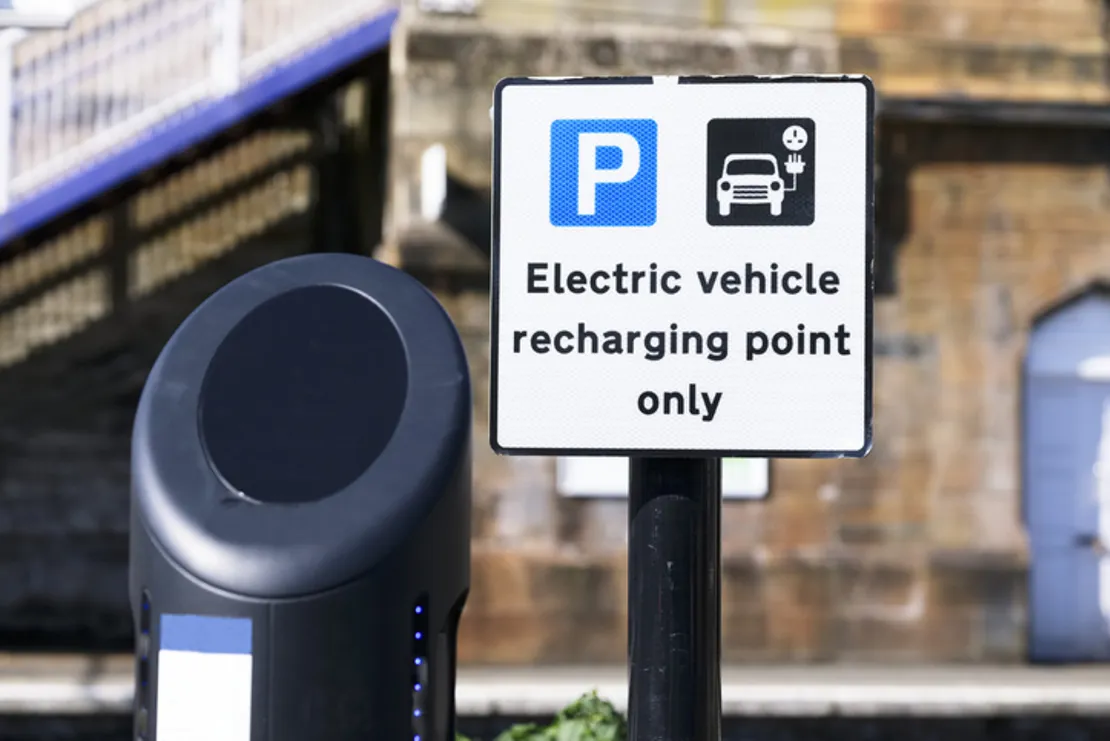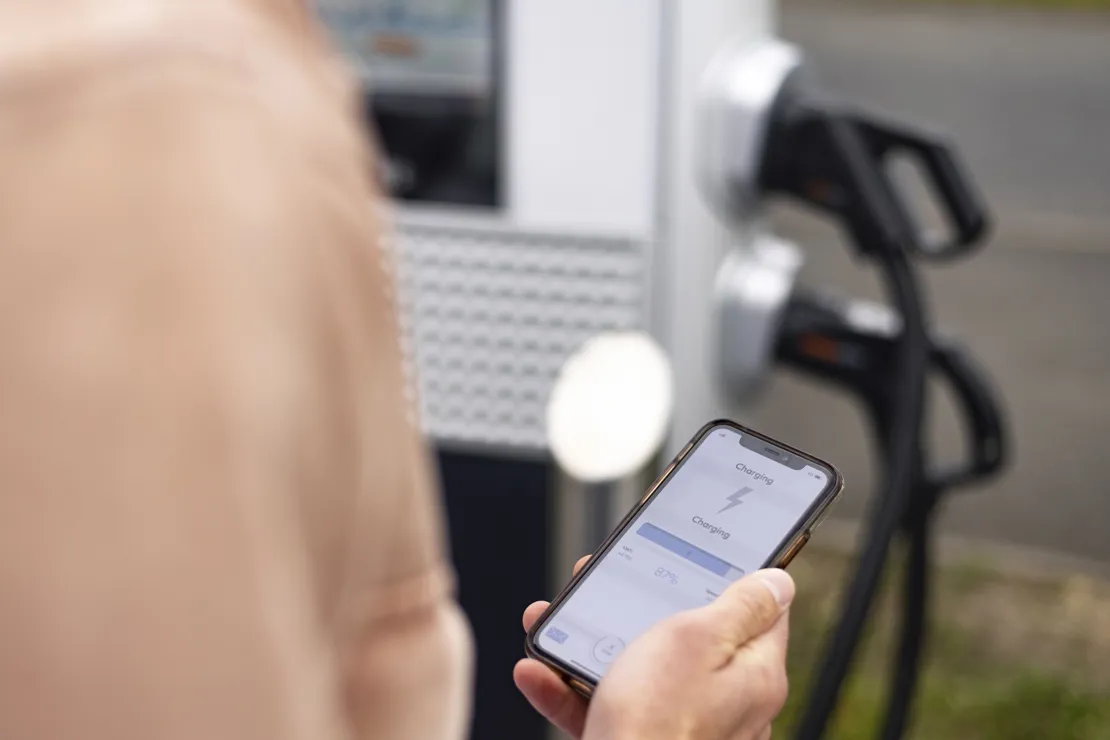Could Range Anxiety Soon Become a Thing of the Past?
Wednesday 10th April 2024

What is range anxiety?
Range anxiety has been one of the most hotly debated topics in the electric vehicle (EV) industry. But, as EVs continue to improve, it's important to look at reality to understand that range anxiety doesn't need to be an issue.
Simply put, range anxiety is the fear that your electric car will run out of charge before you make it to your destination, leaving you stranded. But here's the thing: range anxiety is essentially a myth.
The average commute in the UK is under 10 miles, which equals 20 miles per day. Outside of the commute, average journey lengths are also low, at around 8.1 miles. So, in most cases, drivers have more than enough range to get them to where they need to go.
So, do you need to worry about range or charging? We don’t think you need to worry about it either, let us explain why.

What about longer journeys?
Whilst the average commute might be short, there are times when longer journeys are needed. But, even then, EV drivers don't need to worry. Electric cars have come a long way in the last few years. As technology and batteries improve, so does range.
The longest-range EV on the market claims to be able to travel over 450 miles on a single charge; overall, the average is 200 miles. In order to get a broad overview of the different ranges of specific vehicles, the Electric Vehicle Database is an accurate tool to use when looking for details around your preferred choice.

Charging out and about
It's estimated that there are around 700,000 charging points at homes and offices in the UK, so for many, home or work is where most charging happens. But, if home charging isn't possible, there is no need to worry, there are lots of public charging options that you can take advantage of.
The number of public chargers is rising rapidly. Figures from ZapMap show that more than 57,000* public charge points are available in the UK, an increase of 36% year on year. In contrast, the number of petrol stations is falling with less than 8,365 now open.
Charging your EV isn’t difficult but it does take a little more planning. Unlike a traditionally fuelled car you'll require a bit of extra time and you might also need the right app.
It’s worth using sites like Zap Map or Open Charge to plan your trips to make sure you know where the chargers are, what brand and how to pay. That way if you do need an app you can make sure you’ve downloaded it and signed up in advance. Some apps cover one charging network but apps like PodPoint and Bonnet cover multiple brands.
*Correct at the time of publish

Simple tips to maximise your range
If you're worried about running out of juice, there are a few things you can do to maximise your range.
Find your EV
If range anxiety has been a deciding factor when it comes to you making the switch to an EV, don't let it hold you back! There is an EV out there for everyone's lifestyle, and with the charging network growing, it is unlikely you will get caught short!
Stay up-to-date with the latest from Novuna Vehicle Solutions by signing up to our blog content mailing list below!

